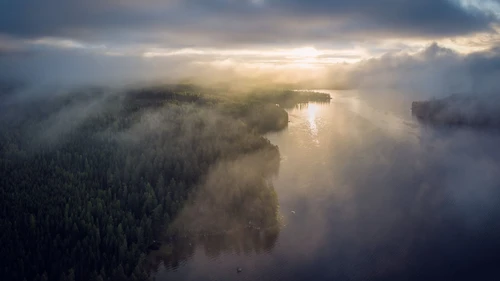What’s next?: The “Finance” COP
While the COP16 has ended, there are topics that will be debated in the space of COP29 – the “Climate COP” – as action on climate and nature goes hand in hand. COP29 will take place in Baku, Azerbaijan on 11-22 November, and we expect climate finance to take the a front seat.
For the first time in 15 years agreeing on a new climate finance goal will be at the top of the agenda earning COP29 its "Finance COP" title. The New Collective Quantified Goal (NCQG) on climate finance will be vital in mobilising finance to accelerate climate action in developing countries. The NCQG will replace the previous target of USD100 billion per year by 2020, a promise the developed countries only managed to deliver on in 2022. There will be a major task bridging the minimum that the developing countries will be willing to accept in a new deal, and the maximum that developed countries are willing to bring to the table. COP 29 will focus on mobilising private sector finance to support climate action in developing countries.
Another financing initiative to be discussed is the new Climate Finance Action Fund (CFAF), announced in July by the COP29 Presidency. It aims to draw on voluntary contributions from fossil fuel-producing countries and companies to support developing countries' climate projects. The funds success depends on the mobilisation of significant, and ongoing, contributions for years to come.
Finally, there will be a call to countries to update their national climate commitments ahead of COP30.





